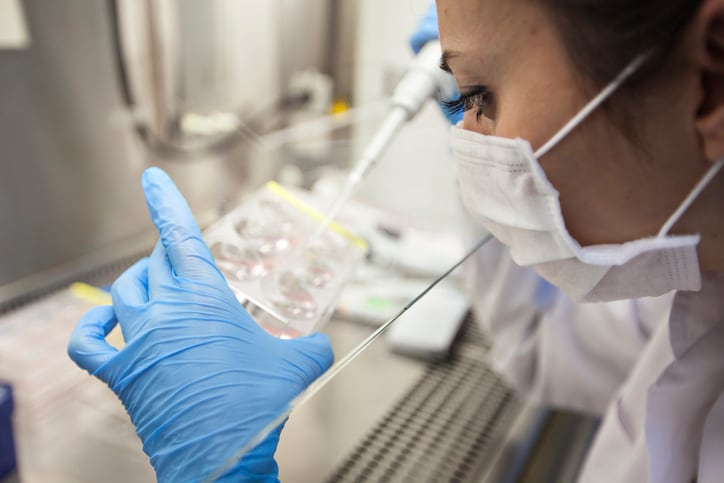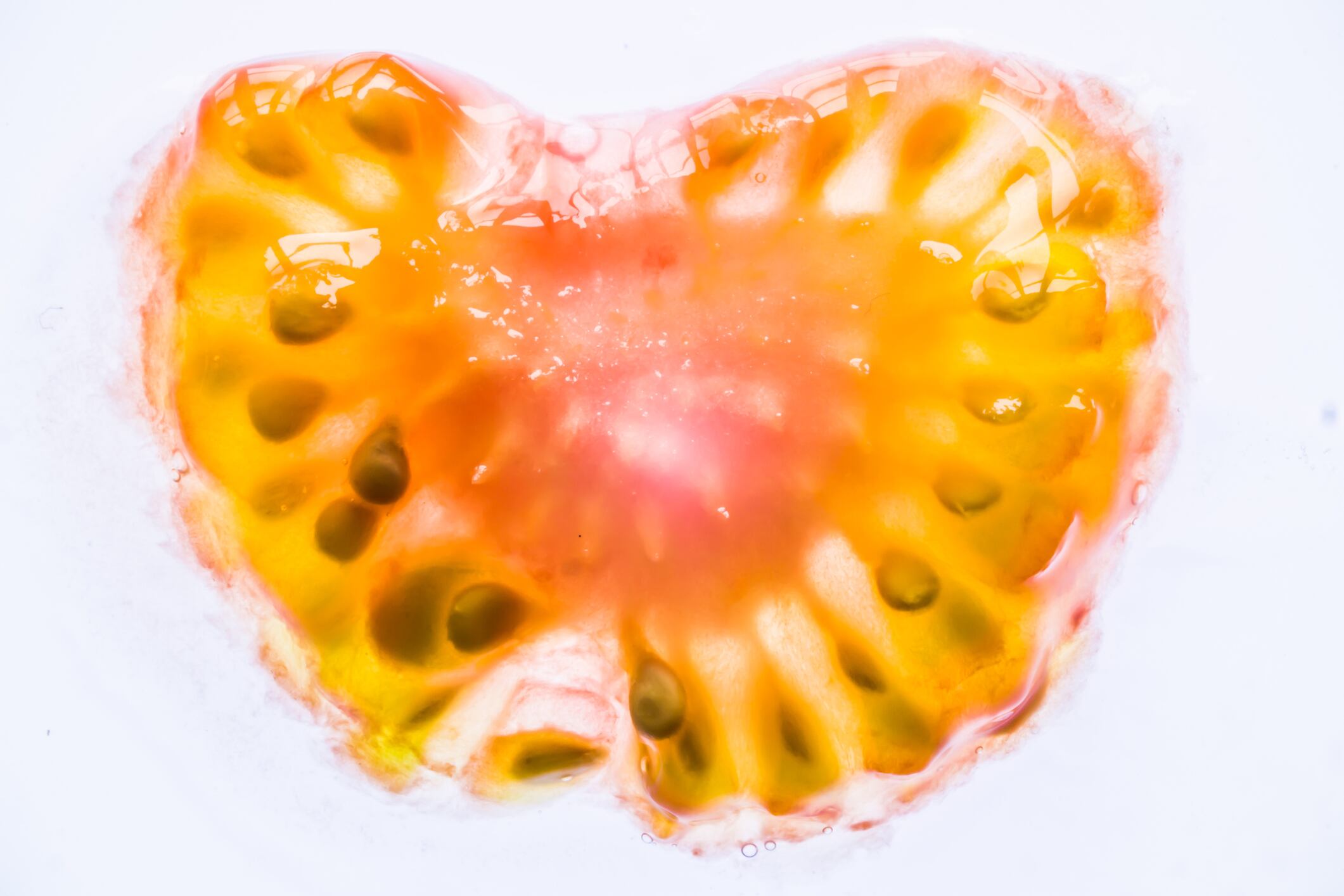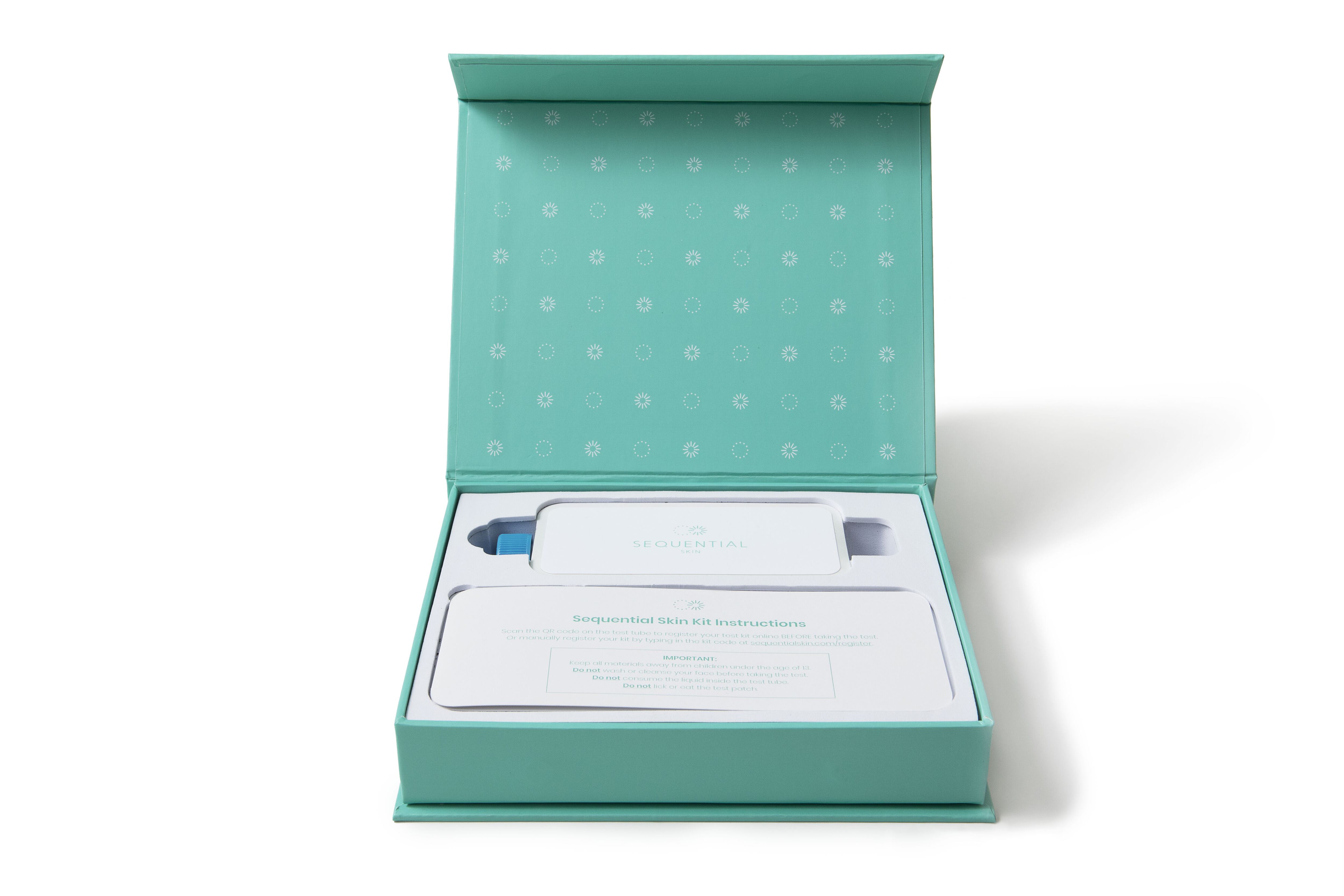The paper, written by Capallere et al and published in MDPI’s Cosmetics Journal, tested for clinically known diseases and aging responses of dark skin types, including acne, hyperpigmentation and dryness, with reconstructed pigmented epidermis. Specifically, the study focused on V and VI phototypes in the Fitzgerald classification, defined as brown skin and dark brown or black skin, respectively.
“Interestingly, skin tone classification allows one to determine potential skin disorders that may arise with age,” the paper said. “Skin disorders commonly reported in dark skins—such as inflammation, post-inflammatory hyperpigmentation, and dryness—were studied with the support of tissue engineering and, more precisely, the reconstruction of epidermis including melanocytes to mimic different skin tones.”
Using samples from cosmetic surgery patients, the team developed reconstructed epidermis with keratinocytes and melanocytes specific to the target skin ethnicity classifications, on which they also tested Myrciaria dubia fruit extract to show the potential for cosmetic ingredient research.
Type V and VI skin often experience specific aging symptoms
According to Capallere et al, darker skin types are more likely to experience acne, hyperpigmentation caused by acne and environmental factors like pollution, have higher inflammatory basal level and have skin dryness while aging.
While the skin ethnic types isolated in the study are more prone to experiencing acne, the researchers said pollution is among the environmental factors which can cause more severe consequences of acne.
The research team conducted three tissue-engineered in vitro studies to isolate acne and resulting hyperpigmentation, pollution effects and dryness.
In the first study, the Capallere et al were able to introduce the main bacteria involved in acne and, after 48 hours, saw the tissue engineered samples develop hyperpigmentation. The paper also stated when the ingredient used in the study, Myrciaria dubia fruit extract, was used it prevented hyperpigmentation caused by acne.
The research team was also able to observe the in vitro samples react to pollution through measurable morphological changes resulting in impaired barrier function, an inflammatory response and exacerbated hyperpigmentation from the acne. Myrciaria dubia fruit extract also reduced inflammation from pollution.
A third model was also developed to test age-related skin dryness by silencing a key enzyme which is involved in skin moisture to mimic effects of aging. According to the researchers, there was a downturn in production of two main proteins involved in epidermal differentiation and total lipid synthesis.
The fruit extract also “demonstrated the interesting benefit of increasing the expression of lipids to counteract aging in terms of skin dryness.”
Tissue engineering usable for testing cosmetics for specific skin ethnic types
Capallere et al wrote the goal of the paper was to show tissue engineering of reconstructed human epidermis can be used to “study for disease related to ethnic skin.”
“A large range of models developed using tissue engineering techniques allow for the investigation of various topics of interest regarding skin ethnicity and associated disorders,” the paper said. “They can also be used to evaluate cosmetic ingredients and to put forward solutions focused on specific skin types.”
Source: Cosmetics
2021 doi.org/10.3390/cosmetics8040098
Addressing Human Skin Ethnicity: Contribution of Tissue Engineering to the Development of Cosmetic Ingredients
Authors: C Capallere et al




